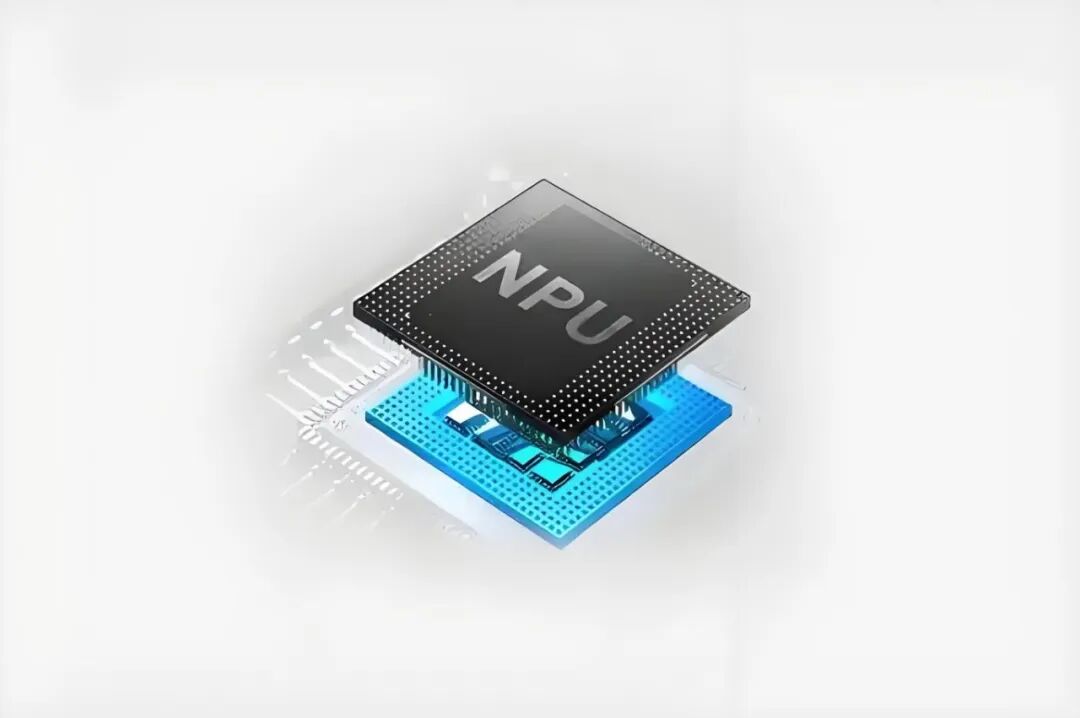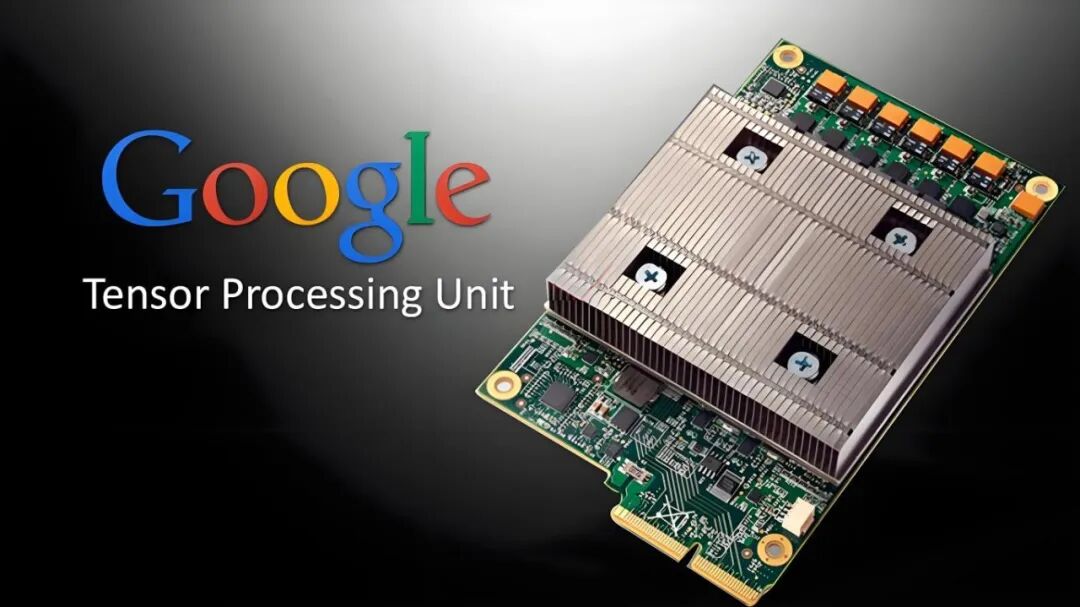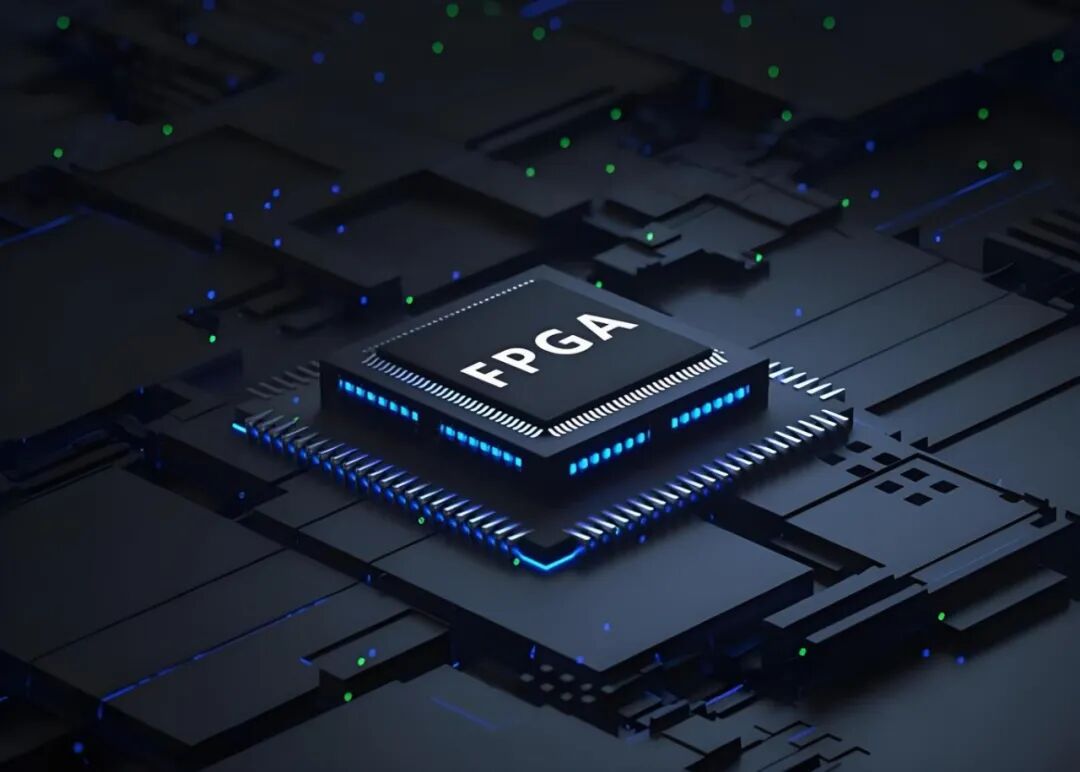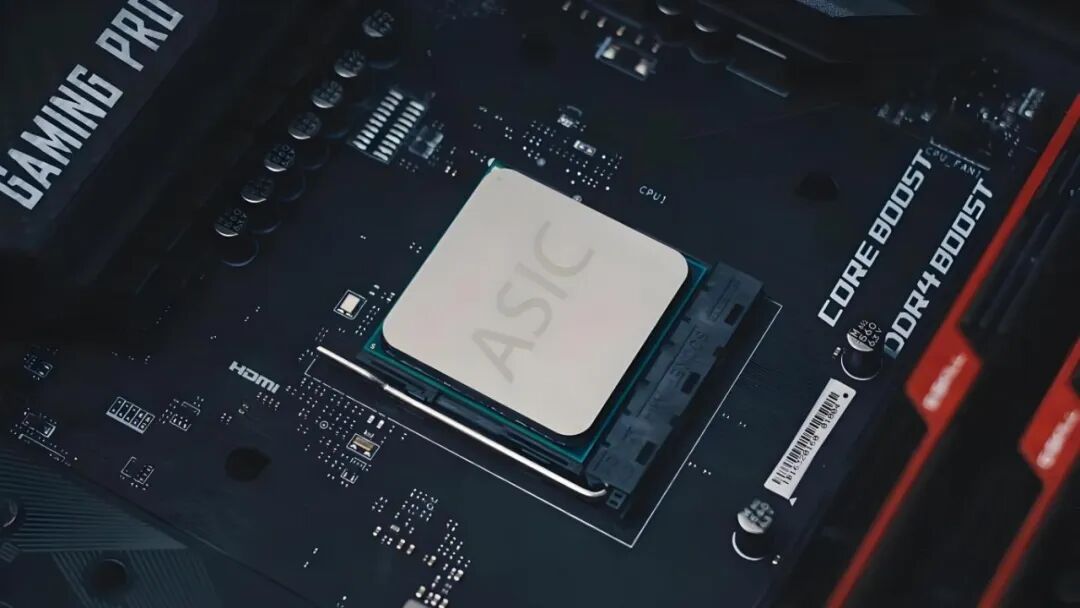UnderstandingCommon AI Chips
Introduction
In today’s rapidly advancing technology, chips serve as the core “brain” of technological products, and their importance is self-evident. Among them,<span><span>GPU, NPU, TPU, FPGA, and ASIC</span></span> play key roles in various fields. Let’s delve into their technical characteristics, advantages and disadvantages, and application scenarios.
01GPU
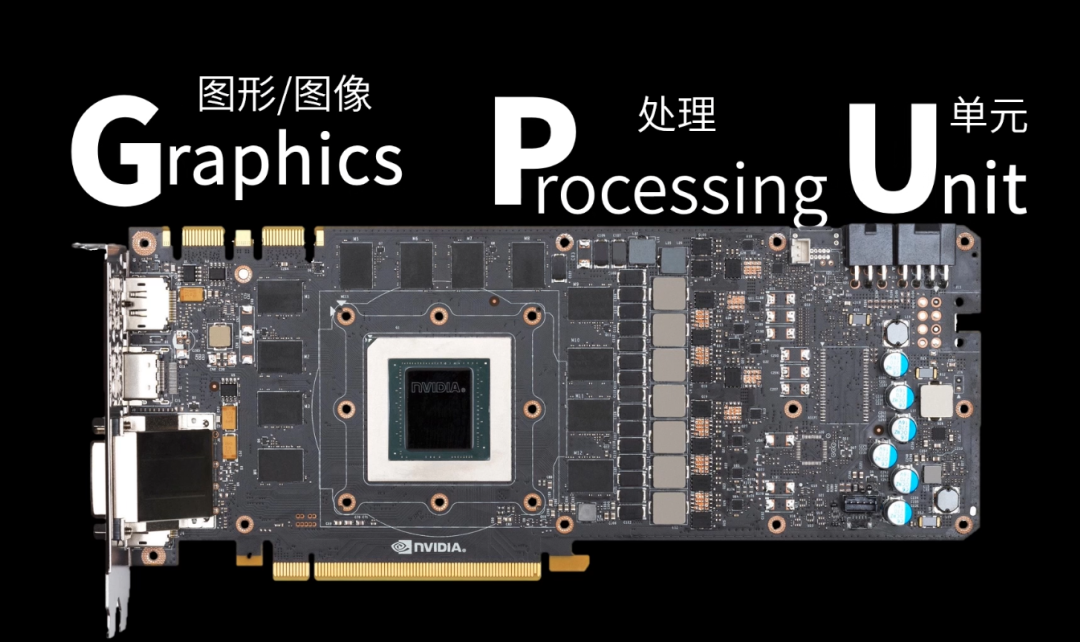
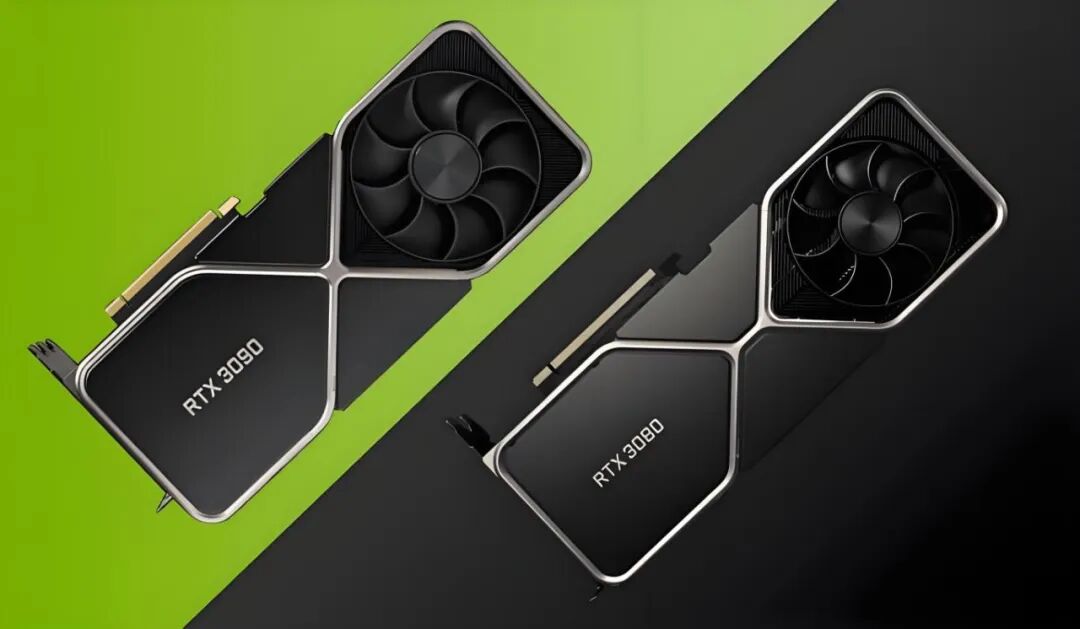
Technical Characteristics
GPUs were originally designed for graphics rendering tasks, featuring a large number of processing units and employing a massively parallel computing architecture. Taking NVIDIA’s GPU as an example, it contains numerous stream processors that can handle multiple tasks simultaneously, achieving efficient parallel computation. The architecture of a GPU also includes functional modules such as texture units, rasterizers, and memory controllers, which are used for vertex processing, rasterization calculations, texture mapping, and pixel processing.
Advantages
·Powerful Parallel Computing Capability: With a large number of stream processors, GPUs can process multiple data simultaneously, providing significant advantages in handling large-scale parallel computing tasks. For instance, in deep learning training, it can greatly accelerate matrix operations and other tasks.
·Wide Application Ecosystem: Many software and frameworks are optimized for GPUs, such as NVIDIA’s CUDA architecture, allowing developers to easily leverage the computational power of GPUs for development.
Disadvantages
·High Power Consumption: To achieve powerful computing capabilities, GPUs require a significant amount of electrical energy, which not only increases usage costs but also places high demands on cooling systems.
·Lack of Specificity Due to Generality: Although GPUs excel in parallel computing, their efficiency may not match that of chips specifically designed for certain tasks.
Application Scenarios
·Gaming Sector: It is the core hardware of gaming computers, providing high resolution, high frame rates, and realistic visual experiences, immersing players in exciting game worlds.
·Artificial Intelligence and Deep Learning : Widely used in deep learning training and inference tasks, accelerating the training process of neural networks and improving the efficiency of model training.
·Scientific Computing : Plays an important role in scientific fields requiring high-performance computing, such as molecular dynamics simulations and astrophysics simulations.
02NPU (Neural Processing Unit)
Technical Characteristics
NPU is a chip specifically designed for neural network computations. It simulates human neurons and synapses at the circuit level and directly processes large-scale neurons and synapses using a deep learning instruction set. By emphasizing weights, it achieves integration of storage and computation, thereby improving operational efficiency.
Advantages
·Efficient Neural Network Computation: Optimized for neural network algorithms, it can achieve efficient computation with extremely low power consumption, far exceeding CPU and GPU in handling deep learning tasks.
·Low Power Consumption : Suitable for use in mobile devices and embedded systems, extending the battery life of devices.
Disadvantages
·Poor Generality : Primarily designed for neural network computations, it lacks support for other types of computational tasks.
·Relatively Small Ecosystem: Currently, the application ecosystem of NPUs is not as mature as that of GPUs, with relatively few software and tool supports.
Application Scenarios
·Consumer Electronics: In devices such as smartphones and smartwatches, NPUs can enable functions like voice recognition, image recognition, and intelligent photography, enhancing the intelligence level of devices.
·Smart Driving : Used in automotive environmental perception, target detection, decision planning, etc., providing strong computational support for autonomous driving.
·Security Monitoring: In surveillance cameras, NPUs can perform real-time video analysis, target tracking, and other tasks, improving the efficiency of security monitoring.
03TPU (Tensor Processing Unit)
Technical Characteristics
TPU is a custom chip designed by Google specifically for machine learning. It is optimized for matrix operations and can efficiently handle tensor computations. TPU employs a custom architecture and instruction set to meet the specific needs of machine learning algorithms.
Advantages
·Extremely High Computational Efficiency: When handling machine learning tasks, TPU’s computation speed is faster than that of GPUs, significantly shortening model training time.
·Low Power Consumption: Compared to GPUs, TPU has lower power consumption, allowing it to complete more computational tasks under the same energy consumption.
Disadvantages
·Strong Specialization : Mainly used in the field of machine learning, it has almost no applicability for other types of computational tasks.
·Closed Nature: TPU is a proprietary technology of Google, currently mainly used on Google’s cloud computing platform, with a high barrier for external developers to use.
Application Scenarios
·Google Cloud Computing Services: On Google’s cloud computing platform, TPU is widely used for large-scale machine learning training and inference tasks, supporting services such as Google’s search, translation, and image recognition.
·Artificial Intelligence Research: In AI research in academia and industry, TPU is also used to accelerate the training and experimentation of deep learning models.
04FPGA (Field-Programmable Gate Array)
Technical Characteristics
FPGA is a chip that can be programmed on-site, allowing users to configure its internal logic circuits according to their needs. It consists of a large number of programmable logic blocks and interconnection resources, enabling various logic functions through programming.
Advantages
·High Flexibility: Can be flexibly configured according to different application needs, suitable for rapid prototyping and small-batch production.
·Low Latency: Since the logic circuits of FPGAs are implemented directly in hardware, they have lower latency when processing data, making them suitable for applications with high real-time requirements.
Disadvantages
·High Development Difficulty : Requires specialized hardware design knowledge and skills, resulting in longer development cycles and higher costs.
·Limited Resource Utilization: FPGAs have limited resources, and if the design is not reasonable, it may lead to resource waste.
Application Scenarios
·Communication Field: Used for implementing communication protocols, signal processing, data transmission, etc., such as signal processing modules in 5G base stations.
·Aerospace: Used in aerospace equipment for data processing, control algorithm implementation, etc., meeting high reliability and real-time requirements.
·Financial Transactions: In high-frequency trading, FPGAs can achieve low-latency data processing and trading decisions, improving trading efficiency.
05ASIC (Application-Specific Integrated Circuit)
Technical Characteristics
ASIC is an integrated circuit designed for specific applications or user needs. It integrates specific functions onto a single chip, using customized design and manufacturing processes.
Advantages
·High Performance: Since it is specifically designed for a particular task, ASICs have extremely high performance and efficiency when executing that task.
·Low Power Consumption: By optimizing circuit design, ASICs can achieve lower power consumption, suitable for applications with strict power requirements.
Disadvantages
·High Development Costs: The design and manufacturing of ASICs require significant financial and time investments, with higher development risks.
·Lack of Flexibility: Once the design is completed, the functionality of ASICs is fixed, making modifications and expansions difficult.
Application Scenarios
·Consumer Electronics : Such as mobile phone chips, TV chips, etc., meeting the functional needs of specific consumer electronic products, enhancing product performance and competitiveness.
·Automotive Electronics: Used in automotive engine control, safety systems, entertainment systems, etc., ensuring the safe and reliable operation of vehicles.
·Industrial Control: Implementing specific control functions for industrial equipment, improving the automation level and efficiency of industrial production.
06Comparison Summary of Advantages and Disadvantages of Each Chip
|
Chip Type |
Advantages |
Disadvantages |
|
GPU |
Powerful parallel computing capability, wide application ecosystem |
High power consumption, lack of specificity |
|
NPU |
Efficient neural network computation, low power consumption |
Poor generality, relatively small ecosystem |
|
TPU |
Extremely high computational efficiency, low power consumption |
Strong specialization, relatively closed technology |
|
FPGA |
High flexibility, low latency |
High development difficulty, limited resource utilization |
|
ASIC |
High performance, low power consumption |
High development costs, lack of flexibility |
GPU, NPU, TPU, FPGA, and ASIC each have their unique technical characteristics, advantages, and disadvantages, playing important roles in different application scenarios. As technology continues to evolve, these chips will also innovate and optimize, bringing more convenience and surprises to our lives. I hope this article provides a deeper understanding of these chips.
